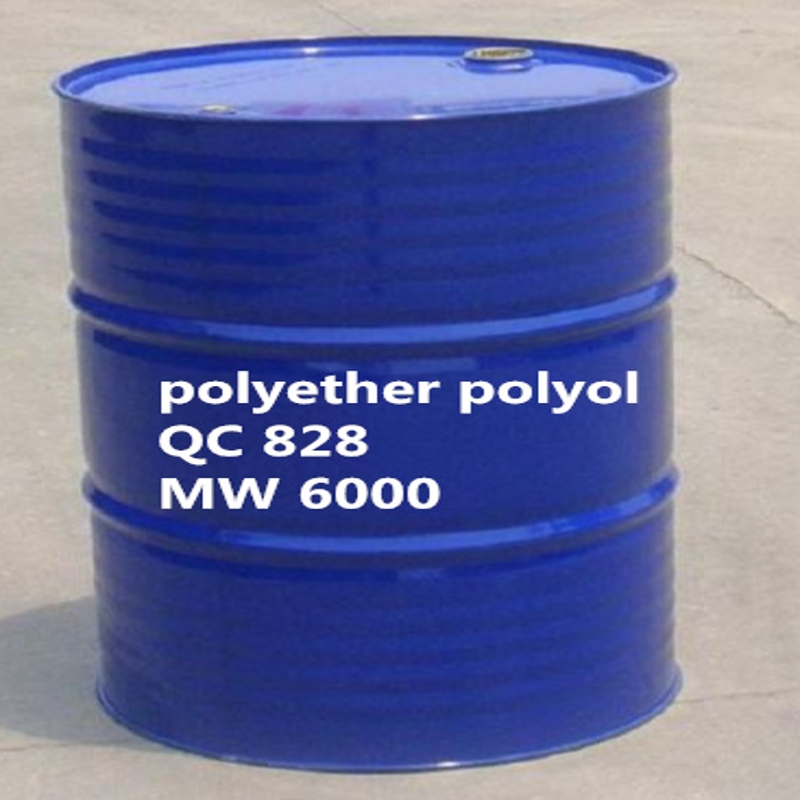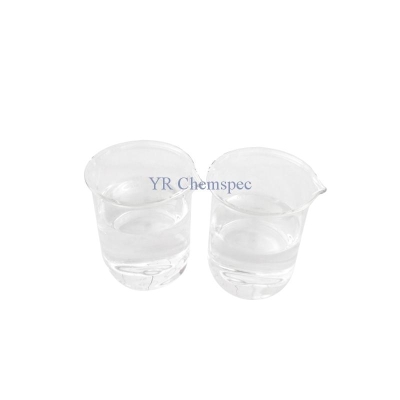-
Categories
-
Pharmaceutical Intermediates
-
Active Pharmaceutical Ingredients
-
Food Additives
- Industrial Coatings
- Agrochemicals
- Dyes and Pigments
- Surfactant
- Flavors and Fragrances
- Chemical Reagents
- Catalyst and Auxiliary
- Natural Products
- Inorganic Chemistry
-
Organic Chemistry
-
Biochemical Engineering
- Analytical Chemistry
- Cosmetic Ingredient
-
Pharmaceutical Intermediates
Promotion
ECHEMI Mall
Wholesale
Weekly Price
Exhibition
News
-
Trade Service
The heat transfer oil has low energy consumption for heating and evaporating ammonia
Langfang Jinsheng Energy Saving Technology Service Co.
, Ltd.
recently launched the coking steam ammonia production with heat transfer oil instead of steam heating technology has good economic benefits
.
It is estimated that the annual benefits of a coking plant with a scale of 1.
5 million tons per year can reach more than 8 million yuan
after adopting this technology.
The traditional ammonia distillation process generally adopts cast iron grid tower or blister tower, using direct steam distillation technology, which has the disadvantages of low efficiency, high energy consumption, environmental pollution and serious
equipment corrosion.
Heat transfer oil instead of steam heating steaming ammonia production technology is to use coke oven gas as fuel to heat heat conduction oil furnace to increase the temperature of heat transfer oil, instead of steam for ammonia distillation production
.
This technology can improve the efficiency of ammonia evaporation, stabilize production, reduce production energy consumption, and improve the operating environment
.
Heat transfer fluid is an organic carrier
.
It has good fluidity, high temperature resistance, good thermal stability, strong oxidation resistance, high thermal conductivity, non-toxic and tasteless, no corrosion
.
The use of thermal conduction oil instead of steam as the heat source of ammonia evaporation solves the problem of high energy consumption of evaporating ammonia and overcomes the impact
of steam shortage on production in winter.
At the same time, because the new ammonia distillation process eliminates direct steam, it can reduce the amount of sewage generated by 9 tons per hour, and reduce the annual reduction of sewage by 78,800 tons
.
(Yan Xu)






